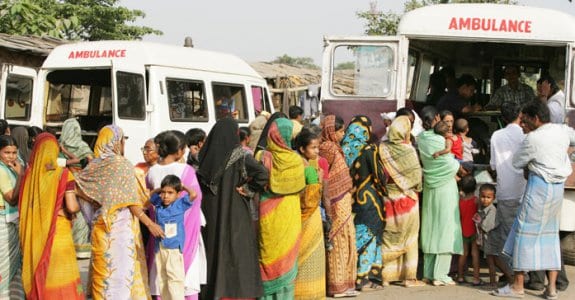April 12, 2017

The Question: South Asia, defined by the World Bank as Afghanistan, Bangladesh, Bhutan, India, Maldives, Nepal, Pakistan and Sri Lanka, is home to a quarter of the world’s population and bears a significant proportion of the global burden of infectious disease, with longstanding battles against tuberculosis, HIV and malaria. Emerging and growing infectious diseases, like Zika, Ebola, MERS-CoV, and avian influenza, are adding to the already significant burden of disease, and their spread may accelerate in the face of factors such as inadequate surveillance and uneven health system capacity.
What we found: The authors note that the current state of affairs appears to result from a severe policy neglect, including a general lack of commitment to the One Health approach in policy discourse, which would consider the interrelation of animal health, human health, and the environment.
Why it matters: The lack of preventive measures and surveillance has led to some previously sporadic diseases like Nipah virus and Chandipura virus becoming endemic in these countries. There has also been a marked rise in incidence, even as mortality rates have decreased, for some diseases.
According to CDDEP Director and review author Ramanan Laxminarayan, “With rapid shifts in urbanization and increasing population, South Asia has the opportunity and obligation to implement meaningful policy changes to prepare against emerging infectious diseases. Millions of lives are at stake and betting against the spread of emerging infectious diseases would be irresponsible.”

